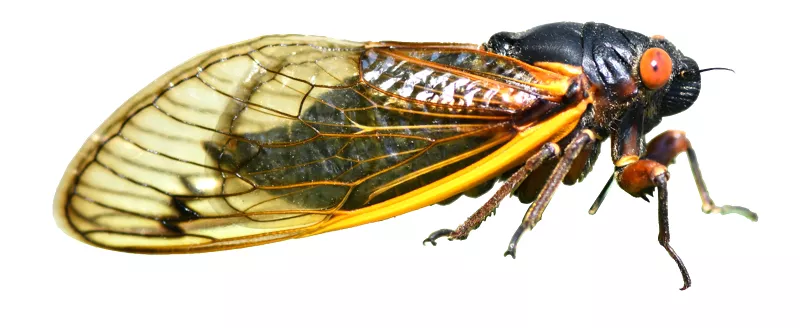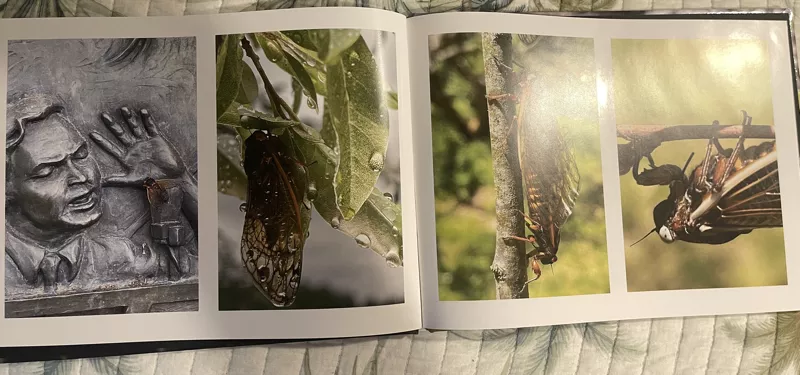“Will you miss me when I’m gone?”

As I write this, the Brood XIX emergence is all but over, and Brood XIII has about two weeks left to go.
So what’s next? Well, I’ll tell you.
Upload your photos to iNaturalist and the Cicada Safari app
You can help cicada researchers by uploading your photos to iNaturalist or the Cicada Safari app.
iNaturalist is excellent for all animals — plus plants and fungi — not just cicadas. You will find yourself using it all year long. Cicada Safari is specifically for cicadas.
Learn about Annual species of cicadas
There are more to cicadas that just Periodical cicadas.
Cicadas exist on every continent except for Antarctica, and in every State in the U.S. except for Hawaii and Alaska!
Learn about the most-common cicadas that live in the same areas as periodical cicadas, and then learn about the variety of cicadas found around the world.
Preserve your cicada specimens
Saving cicada skins (molts/shells) and wings is easy. Just keep them dry.
Preserving Periodical cicadas can be challenging because their eye colors fade and because they’re fatty and smell.
If you want to preserve eye colors, keeping them in alcohol seems to work best.
Some people dip them in acetone to mitigate the smell from decaying fat, but I’ve never tried it.
Otherwise, keep them dry and in a cedar box. I use silica gel packs to keep them dry. Cedar repels small insects that will eat your cicada collection. Moth balls work as well to keep tiny insects away from your collection.
If you want to pin your cicadas, so the wings are spread out, you have to do it while the cicadas are still moist. Plenty of places have supplies, like Carolina Biological Supply. I’ve softened hard cicadas by placing them in Tupperware/Rubbermaid containers with moist paper towels and a moth ball to prevent mold.
Make a scrapbook of your cicada memories
Make a scrapbook or photo album of your cicada memories.
This is something I do every year, though I tend to mix it up with non-cicada photos as well.
